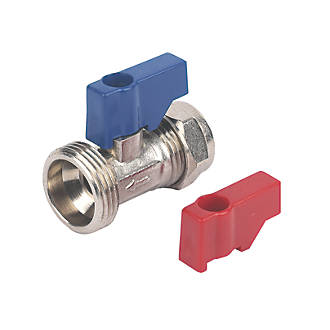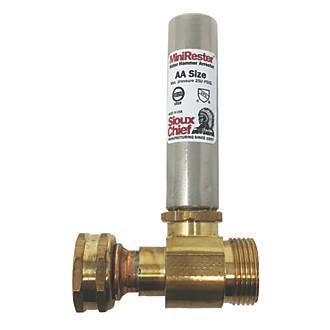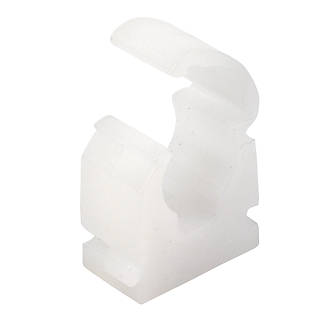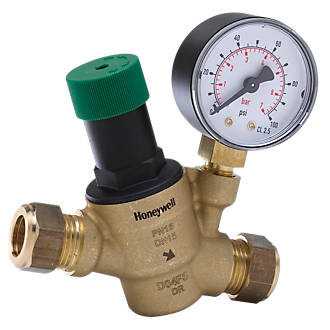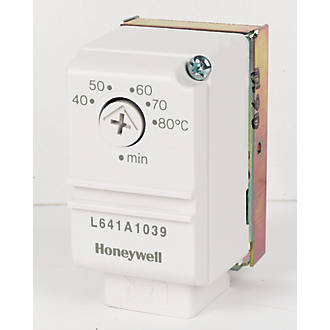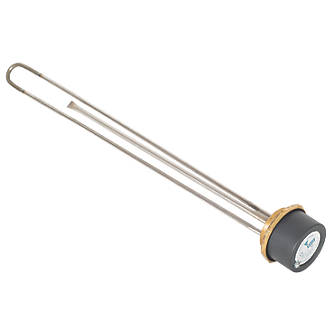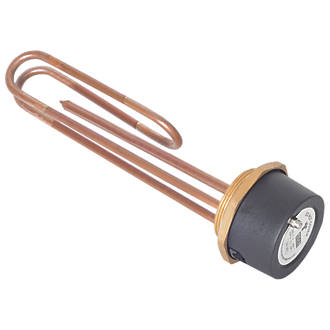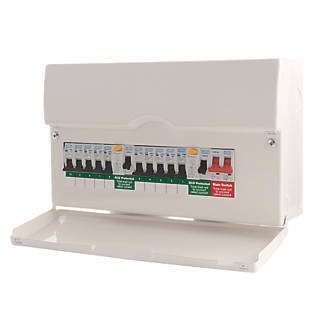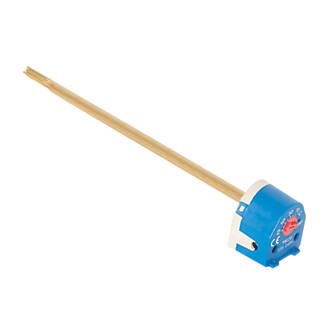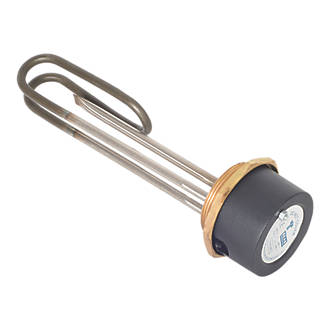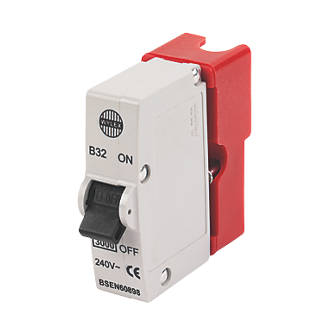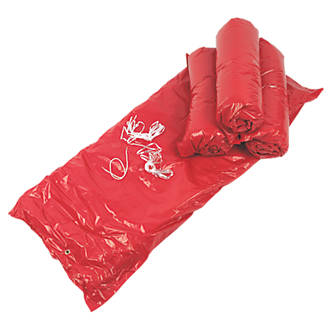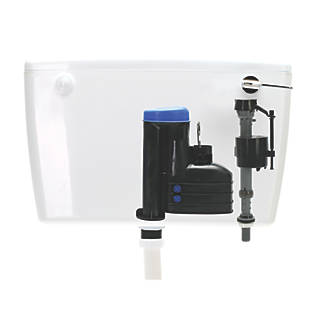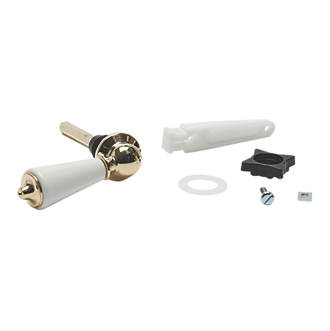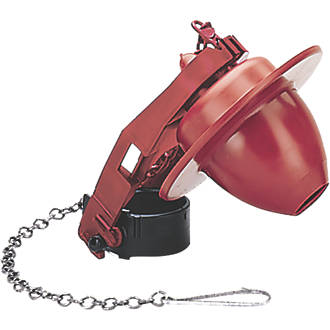RADIATOR LEAK

A GUIDE TO FIX A LEAKING RADIATOR
Has your radiator water suddenly started leaking? MML Plumbing will give you advice on what can go wrong and what can you do to prevent any future issues.
You might be surprised to learn that cold radiators are a common symptom of just air in the system.
A radiator not heating up properly is often the result of something as simple as air trapped on the top of the radiator or sludge build-up in the bottom. A leak can appear in the radiator thermostatic valves, vent plug or the body if it’s rusty
First things first.
These what can cause leaks in the radiator:
- Rust pinhole
- Radiator thermostat valve
- Radiator spindle
- Radiator gland nut
- Pipe joint and seal
- Radiator valve coupling nut
HOW TO STOP A LEAKING RADIATOR?

It is really depending on many reasons. Where the radiator is leaking from.
Is it leaking from the valve, pipe or body? Different leaks, different methods to stop and fix.
What we always recommend to our customers is to put a bucket under to avoided further damage to your property, and call a professional immediately if you can do the job by yourself.
Don’t forget that in the radiator there is black sludgy water. If this will leak out to your carpet will never come out.
Let us help you with some tips from our experts if you wish to try it yourself:
Make sure before you start to have the right tools, right parts, empty bucket, dry towel ready, Loctite and it is handy if you have a piece of knowledge about plumbing and central heating.
WHY IS MY RADIATOR LEAKING?
Radiators are not complicated and there can be just a few places where can be a leak coming from.
Here are a few common ones:
The most common one is when the lockshield valve starts to drip. If you are lucky and the compression fittings are loosened a bit. All you have to do to tighten up. But sometimes this is not working and you need to replace the whole valve.
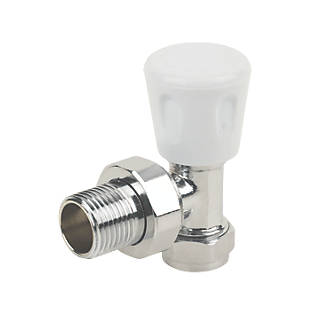
Another reason for the radiator leak is the bleed valve rubber or pin is damaged. This also can be replaced if you know how to drain the central heating system and fill it up properly without an airlock.
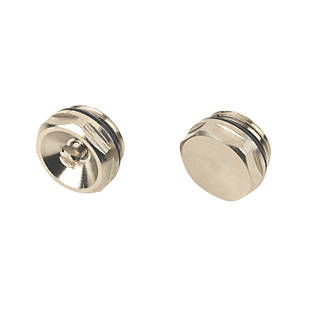
If you are not confident with this work, better to call a plumber now before you cause more damage than you. For the plumber, it is easier to diagnose the water leaks first than to fix someone messy job that could take double time.
A leak also can come from the body. If you see that the radiator body starts to leak, there is no other option you need to replace the radiator.
The good news is that if you see any leak coming from the radiator, you can fully close the radiator valve and call a plumber.
IDENTIFY WHERE THE LEAK IS COMING FROM!
How to find the source of your radiator leak?
If you haven’t decided yet to call out a professional, you can try some DIY tips to locate a leak yourself, if it is not obvious.
Make sure your radiator is clean and dry by giving it a rub down with your towel. This will make the leak easier to see, so you know where to start looking for that pesky trickle of water leaking from somewhere in its body.
Now take a small piece of toilet tissue paper and place it on one of three places: the body, the valve, and the pipe which brings water into your radiator.
Make sure you always have an empty bucket ready to keep your house safe from loading water.
Do not touch the leaking area. If there is a leak in the body and you will touch the paint, this can come off and will fold the whole room.
You see it is not complicated to find a radiator leak. You just need a little time and patience.
WHAT TO DO AFTER YOU LOCATED THE LEAK?
If you found the leak and you are planning to fix it here is a few steps that you should do before e you start:
The first thing you should do is turn off the boiler.
All the valves what is coming from the boiler need to be shut. But usually, the central heating flow and return in a combi boiler is the left and right pipes.
You have to search for the drain cock and drain down the heating system water.
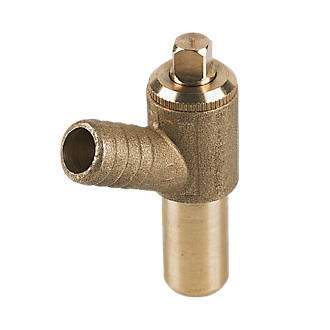
Now you are safe to work on the radiators.
If you have a system boiler:
Then you have to go up into the lof, find the F&E tank (the smaller one) and close the water where is the ball valve. This tank feeds the water to your radiators.
PREPARE TO FIX A LEAKY RADIATOR!
Drain the central heating water first. When draining the system, start on the top and open the radiators air vent one by one. The idea behind this step is to let air into the system and push out the water from the rads.
Leaking radiator valve
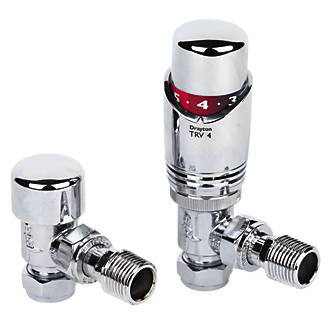
If your radiator valve is leaking, try tightening it before giving up. The internal spindle packing can become damaged and lead to leaks in the valves when they’re open or closed halfway through the motion.
If this is the case, this can often be sorted by tightening the compression nuts. You can also replace the olive inside the valve and also put sealing paste or Loctite around the olive. If you tried everything and none of the options is working you need to replace the whole valve.
To replace the radiator valves, obviously, you drained the heating system. Losen the compression nuts and take out the radiator valve. Also, put a small bucket underneath the valve. Even you drained the system, you still have some black dirty water left in the radiators.
Don’t worry about the old olives what is still on the 15mm pipe. If you don’t have an olive puller you never get this off. Just replace the valve and put some kind of sealant around the top of the olive (PTFE tape, Loctite). Tighten the nuts and you are ready.
Just a saying in the plumbing industry:
If you tighten the nuts and you hear a squeaky noise then the valve will be leaking when you fill the system. It’s a saying but is true. If this happens undo everything and put plumbing sealant paste around the olive. Without any paste entering into the pipes.
Did you manage to get rid of the leak? The most important thing is when replacing a valve is to buy the same one. Not sure? Don’t you worry even for a minute! Call MML Plumbing Ltd on 02083550840 we will supply the parts and we will fix it for you!
Fix a radiator gland nut
This water leak can be found on top of the radiator head. Just be easy with this DIY fixing, don’t splash all the water to the ceiling.
You can slowly tighten the gland nut. Also, use sealing paste or PTFE tape. This solution is not always working but you can try it. If it doesn’t work, just replace the body of the valve or call a pro who will do the work for you.
Pinhole leaks – rusty radiator body
If you notice a leak coming from the body of your radiator, it is most likely because there has been corrosion or sludge build-up. Pinhole leaks are very small but can lead to a huge leak. Do not touch the leaking rusty area. The paid can come off and the pinhole can get bigger in a matter of seconds.
Here are some tips and checks on how to replace the radiator:
Turn off the boiler and the valves underneath the boiler. Find the draincock and drain the system. Relieve the pressure by opening the bleed point on the top of the radiator. Put some towel underneath the radiator even knowing it’s empty.
Get some help, undo the union nut and quickly take off the radiator from the ball and flip upside down. You can avoid sludge going to your carpet.
After you can install the new brackets and the radiator.
Radiator pipe joint leak
If you notice water dripping from the joints, grab a spanner and tighten the union nut. If this doesn’t work out, follow these steps:
Drain the central heating system water as we mentioned above.
Undo the union nut on the valves.
Undo the radiator valve tail and put sealant on it. This can be PTFE tape, Loctite or sealing paste.
Slowly put back the radiator valve tail and tighten it. Don’t overtighten because the body of the radiator will crack.
Top advice about working on any radiator:
And this is all the leak that can be found around the radiators. It is not complicated and also can be fixed if you know what you are doing. But remember only start the work if you are confident and have the right tools. Everything looks easy but without knowledge and the right tools this job can turn into a disaster and water can go everywhere.
After you have done all the work, don’t forget to close all the radiator air vents, and start to fill the heating system. If you have done everything right you will have heating again and no more leaks.
Frequently Asked Questions
What to do if a radiator is leaking?
We mentioned all the solutions. To fix the radiator leaks sometimes need a professional plumber. But the first step is to turn off both sides of the radiator valve.
Is a leaking radiator valve dangerous?
It is normally a small leak, but if it is leaking badly there is a chance to cause damage, to your property and carpets. So we can say it is not dangerous but only costly to fix the damage after the leak.
Is a leaking radiator an emergency?
If it is leaking badly we treat it as an emergency. Especially in the winter times.
Can a leaking radiator be repaired?
Most of the time, yes! If the body of the radiator starts to leak then this means you need a new radiator. Nothing else you can do about this.
Are radiator leaks expensive to fix?
Not really. It takes around 2 or 4 hours to replace a radiator and 1-2 hours to replace the valve. In both cases, the plumber has to drain the system, remove and fix a new radiator or valves and fill up the system.
DO NEED A PROFESSIONAL PLUMBER?
We also have good news: if everything in this blog post doesn’t work for you and there’s an issue remaining after trying out these methods, our reliable plumber can fix your leak within a few hours!
Maintain and care for your radiators to prevent leaks
The post RADIATOR LEAK appeared first on MML Plumbing Ltd.
from MML Plumbing Ltd https://ift.tt/2Tth0EC
via IFTTT

